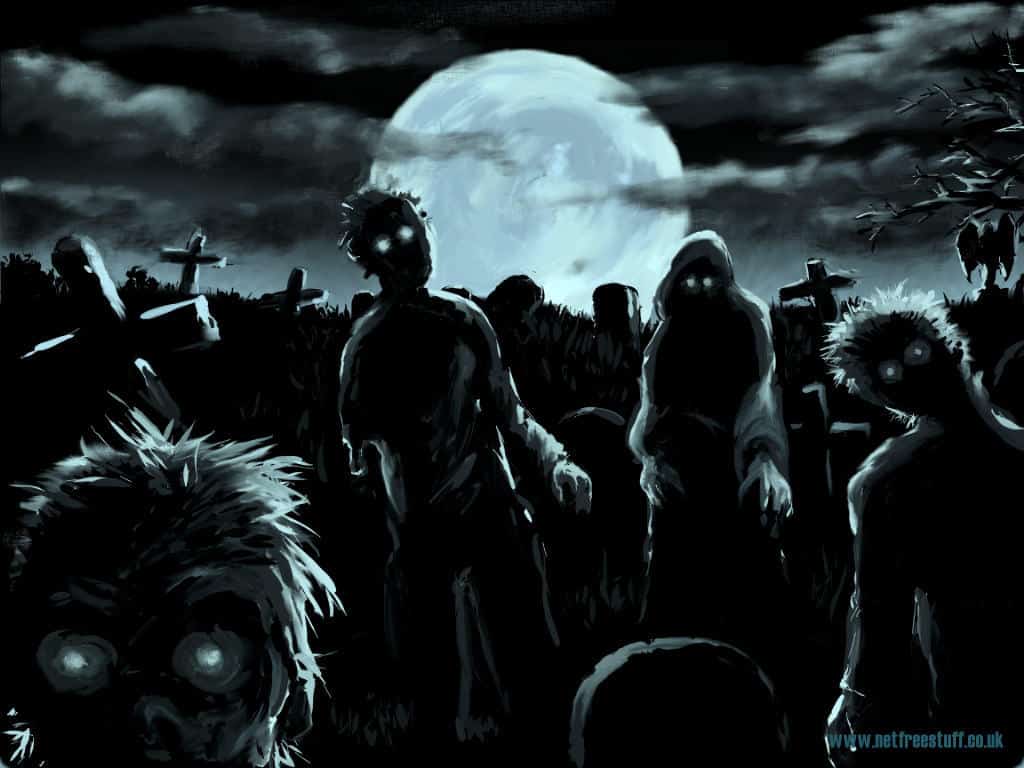In the heart of Haiti, Voodoo and its ritual practices have given rise to the enigma of zombies, combining ancestral beliefs with elements of black magic. Houngan and bokor play crucial roles in these rituals, where substances such as tetrodotoxin and datura stramonium are used. Although modern science questions the existence of zombies, the fascination with this tradition persists, reflecting the deep cultural influence and collective fears of the Haitian community.
Houngan and Bokor: Key Roles in Haitian Zombie Rites
In the heart of Haiti, stories of the dead returning to life have intrigued travelers, researchers, and curious individuals for centuries. A halo of mystery surrounds those who claim to have witnessed cases of zombification, and this phenomenon is strongly associated with Voodoo rites conducted by priests called houngan and bokor. Although modern science remains skeptical, the fascination with this tradition remains alive.
Cultural Origins of Zombification and the Alleged Rituals of Resurrection
The root of the zombie figure lies in Voodoo, a belief system resulting from the convergence of African religions and Catholic customs brought to the island by slaves during the colonial era.
Since then, this faith has remained alive and has significantly influenced Haitian culture. However, not all priests practice black magic.
There are two main types of practitioners: on one hand, the houngan, who typically seeks the good of the community; on the other hand, the bokor, whose role is associated with dark rituals that allegedly include the ability to bring a body without will to life.
Certain chronicles attribute to the bokor the power to subject a victim to an apparent death with the purpose of transforming them into a slave devoid of consciousness. According to some accounts, the process begins with a “coup de poudre” or “dust blow,” a substance that, upon contact with the skin or ingestion, inhibits vital functions to a critical state.
Later, the person is rescued from the grave and receives a second compound to partially counteract the effects of the first, although keeping them in a state of mechanical obedience.
The Scientific Controversy Over the Phenomenon of Zombification
Several academics have studied the phenomenon of zombification, including anthropologist and ethnobotanist Wade Davis, whose work sparked worldwide interest following the publication of The Serpent and the Rainbow (1985).
Davis hypothesized that the main active element of the “coup de poudre” could be tetrodotoxin, derived from pufferfish such as tetrodotoxins and diodontids, which harbor potent neurotoxins in their viscera. Consequently, consuming even a minimal amount of this poison causes a critical decline in bodily functions and, in some cases, the appearance of death.
However, subsequent researchers have questioned whether tetrodotoxin fully explains the creation of zombies.
Neurologist Terence Hines noted in the journal Skeptical Inquirer that, after meticulous studies, numerous loose ends persist. Therefore, the majority of the scientific community remains skeptical of Davis’s hypothesis and considers that zombification results from a mix of myths, psychiatric illnesses, and possible states of paralysis caused by brews with hallucinogenic plants.
For some time, it was speculated that another substance, datura stramonium, popularly known as “zombie cucumber”, played a significant role in the ritual. This plant, present in Haiti, contains atropine, which can slightly compensate for the paralytic effect of tetrodotoxin.
However, both Voodoo practitioners and academic researchers doubt that it is the sole and indispensable factor for inducing zombification.
Funerary Customs and Prevention, Realities and Urban Legends
Given the widespread belief that any recent corpse can become a zombie, there exists an ancestral practice of burying the deceased with salt or mutilating the corpse, cutting off the head, to hinder a possible resurrection.
This tradition demonstrates the cultural deep-rootedness of the zombie idea and its connection with the fear of black magic.
Beyond any scientific analysis, the Haitian collective imagination reinforces the plausibility of zombification, feeding oral tales that are passed down from generation to generation. Despite this, each story of a supposed zombie usually presents medical inconsistencies or scant verifiable evidence. Additionally, there is a possibility that some cases originate from mental disorders, collective hypnosis, or even frauds designed to intimidate vulnerable communities.
The Western world took an interest in Haitian zombies through movies and literature, reinterpreting the phenomenon as a terrifying threat to humanity. This cultural transfer gave rise to the image of the “zombie” that now dominates entertainment media: hordes of undead thirsty for human flesh and devoid of consciousness. However, the Caribbean origin of these tales is infinitely more complex and links historical, sociocultural, and religious factors.
Between Faith and Academic Research
Although researchers continue to debate the possibility of zombification, popular beliefs persist and, in many aspects, reinforce the collective identity of the Haitian community. Indeed, the coexistence of ancestral faith and scientific interest reflects the plurality of possible interpretations and demonstrates how the same phenomenon can be evaluated from very different perspectives.
In recent years, the interest in exploring and documenting Voodoo practices has grown thanks to an increasingly multidisciplinary approach, in which anthropologists, doctors, botanists, and sociologists converge. It seems that the history of zombies is far from concluded and will continue to be enriched by future scientific findings, as well as by stories and beliefs that continue to flourish in the collective imagination.
Meanwhile, Voodoo and its zombies remain one of the most fascinating cultural enigmas of the contemporary world, reminding us that sociocultural realities do not always fit within rigid scientific parameters. Perhaps the true lesson lies in recognizing that behind every myth, there is a reflection of the tensions, fears, and hopes of a society that lives in close connection with its magical and spiritual roots.
Master Ruada – Paranormal Phenomena, Urban Legends, and Voodoo





